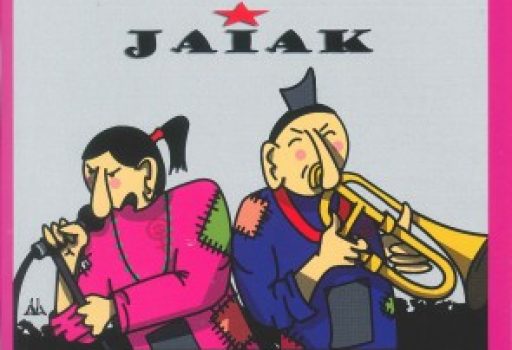Porrontxos

According to the dictionary a “farra” is “fun or very cheerful party, especially if it is excessive or libertine”, and in Donosti few parties adjust so well to this definition as the “porrontxos” of the Egia neighbourhood.
What does “porrontxos” mean? It makes reference to they being celebrated even if it is the last thing we do (in Spanish the expression would be “por narices” which is “by the noses”, the word porrontxo in Basque refers to a big nose), without more goal than having fun without having to honour or celebrate any saint or patron. And the truth is that for they having started as a shy attempt to unify open-air dances, festivities and tea parties, it surprises to see the current significance of these celebration. As of today it has a party committee with more than 400 members (Egia is a neighbourhood with an important participatory tradition) that work relentlessly to offer a varied leisure alternatives for all ages. There are “cabezudos”, games, workshops, concerts, contests, sports (traditional and ordinary) and of course a lot of party.
<iframe width=”560″ height=”315″ src=”https://www.youtube.com/embed/AHuKZVh48YE” title=”YouTube video player” frameborder=”0″ allow=”accelerometer; autoplay; clipboard-write; encrypted-media; gyroscope; picture-in-picture” allowfullscreen></iframe>
There is who says that nowadays with gentrification, Egia has transformed into the city’s Soho. And even if is true that the contemporary art, the concerts and the avant-garde culture have found their space in the shadow of the trees in Cristina Enea, Egia is still that working and fighting neighbourhood that preserves its personality born from the difficult industrialization. And the “porrontxos” are a good example of that. Let’s hope it stays that way for many generations.